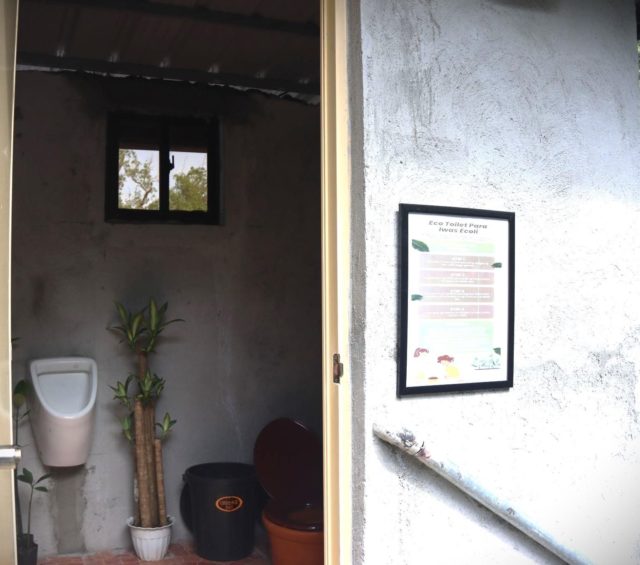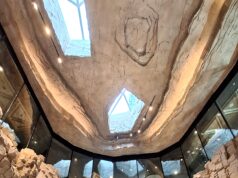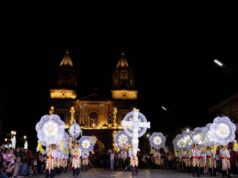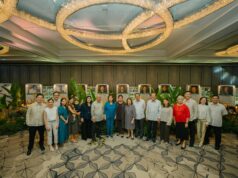CITY OF SAN FERNANDO, Pampanga (PIA) — Department of Environment and Natural Resources (DENR) launched an eco-toilet system in an effort to mitigate pollution in Manila Bay areas of Central Luzon.
Developed by Mines and Geosciences Bureau (MGB) Region 3, it aims to lessen potential contamination of river systems and coastal areas from E. coli.
DENR Regional Executive Director Paquito Moreno Jr. disclosed that according to studies, sources of E. coli include untreated human sewage, failing septic tanks, livestock agriculture, pets, wildlife, and illegal connections from home sewer systems to surface water.
The newly-introduced facility built at Sibul II Mangrove Nursery and Eco-Tourism Park in Orion, Bataan promotes the use of a waterless toilet or dry toilet system as an alternate solution to water-flushed toilets.
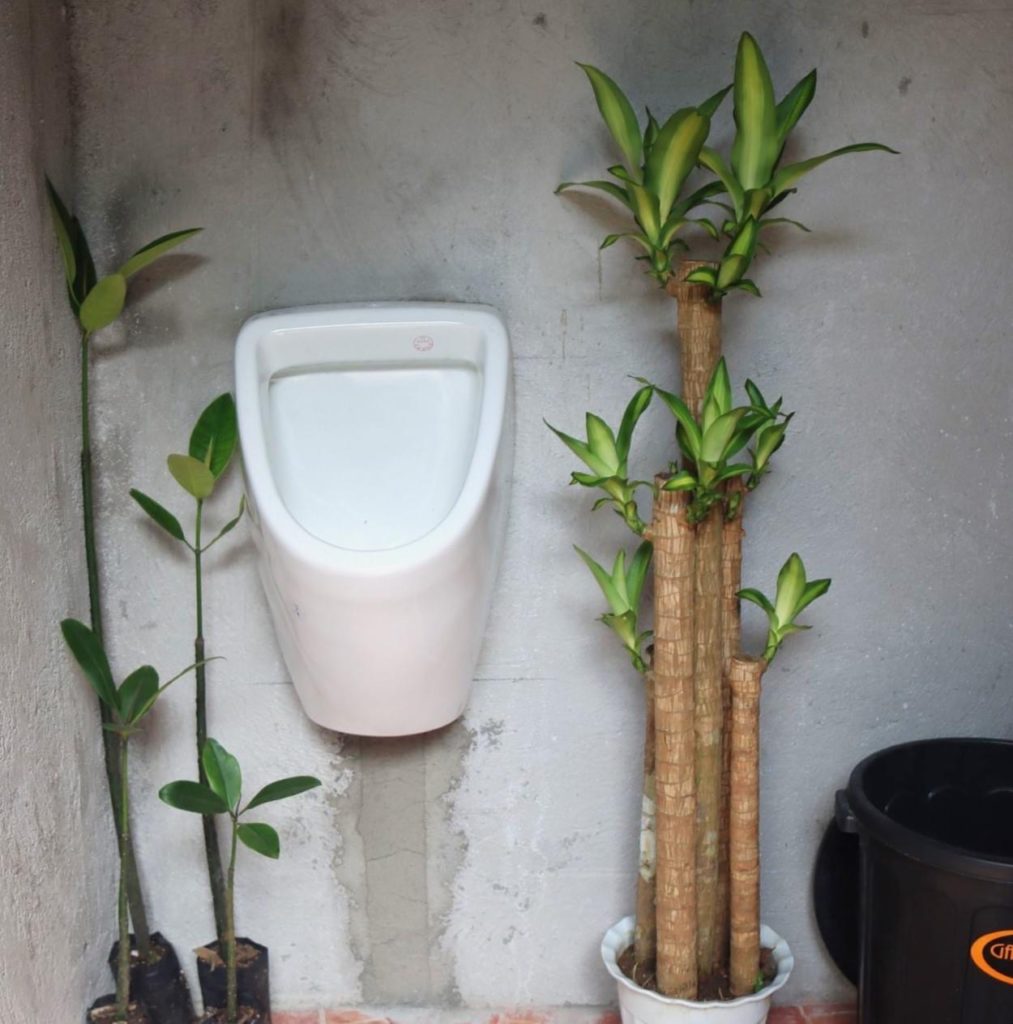
“Through this initiative, the volume of pollutants draining to water bodies along the Manila Bay area may be reduced, which will eventually help us in achieving the coliform limit of 200 MPN/100mL for Class C water classification,” Moreno said.
The concept of the first waterless toilet facility in the region supports DENR’s endeavor to integrate biotechnology as a powerful solution to address environmental concerns and mitigate effects of climate change.
Experts from the MGB explain that the eco-toilet system works by separating the human waste from urine, which passes through the urine diverting dehydrating toilet bowl.
Upon separation, the nitrogen-rich solid waste is then covered with agro-industrial materials like fly ash, bentonite and zeolite, including organic rich matters such as shredded dried leaves and carbonized rice husks.
This creates an alternating layer of n-rich and c-rich materials, which act as basic components of fertilizer.
The urine is likewise treated and processed into a liquid fertilizer. (CLJD-PIA 3)


